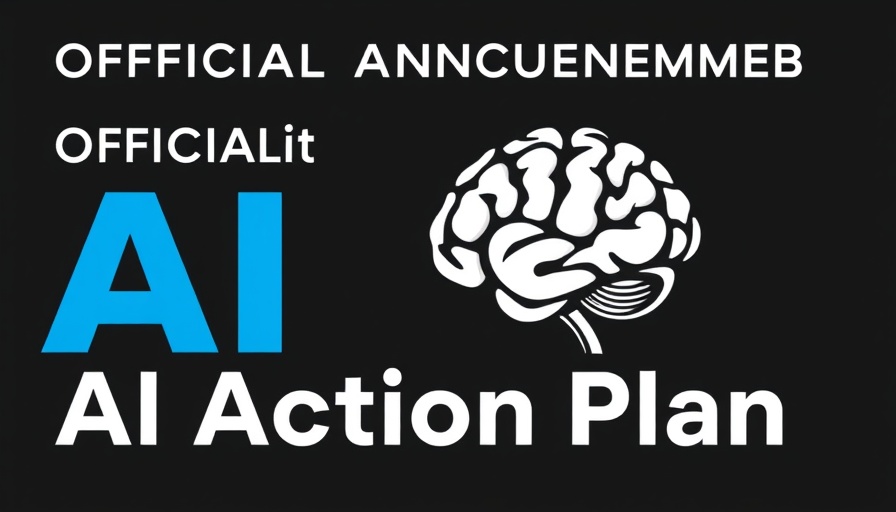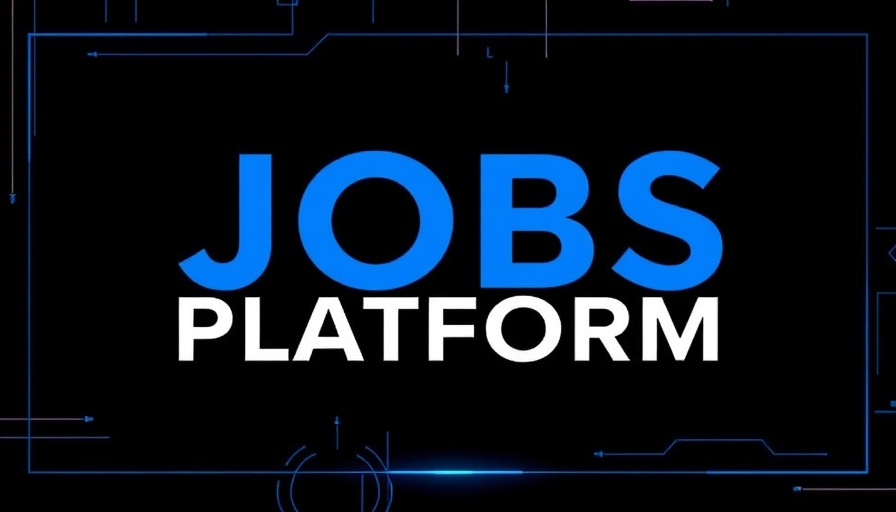
The US Makes a Bold Move in AI Strategy
In a significant departure from previous strategies, the Trump Administration has unveiled its comprehensive policy document titled America’s AI Action Plan. This document, stretching 28 pages, articulates a clear ambition to uphold the United States' technological supremacy in the realm of artificial intelligence (AI). The focus? Not merely efficiency or productivity enhancements, but a decisive national mobilization aimed at outpacing global competitors, especially China.
Understanding the Strategic Framework
The action plan outlines three primary pillars aimed at reshaping America's role in AI:
- Accelerate AI Innovation
- Build American Infrastructure
- Lead in International AI Diplomacy and Security
These pillars collectively embody a robust call to arms against perceived threats to national security from abroad. As President Trump asserts, achieving and maintaining unquestioned global dominance in AI is now framed as a paramount imperative.
Environmental Considerations Take a Backseat
One notable aspect of the plan is its disregard for environmental impacts. The document encourages rapid development by urging the dismantling of regulations often deemed obstructive. This was summarized in the document’s rallying cry, “Build, Baby, Build!”. Experts like Paul Roetzer have pointed out that the administration is prioritizing infrastructure speed over sustainability, marking a stark shift from other federal guidelines.
The Global Context of AI Development
The urgency expressed in this AI action plan reflects a broader context where nations are racing to dominate the AI sector. Google's recent announcement of processing nearly one quadrillion tokens monthly signifies the explosive growth demand for AI technologies. The United States, recognizing this, is poised to leverage its existing infrastructure and innovation capabilities to maintain its leadership position.
Conclusion
The America’s AI Action Plan signals a new era where AI is not just a technological tool but a battleground for global supremacy. As these policies unfold, their implications could reshape the very fabric of competition, innovation, and international relations in technology. It’s crucial for stakeholders within the AI landscape to stay informed, as the outcome of these strategies may redefine market dynamics significantly.
 Add Row
Add Row  Add Element
Add Element 



Write A Comment